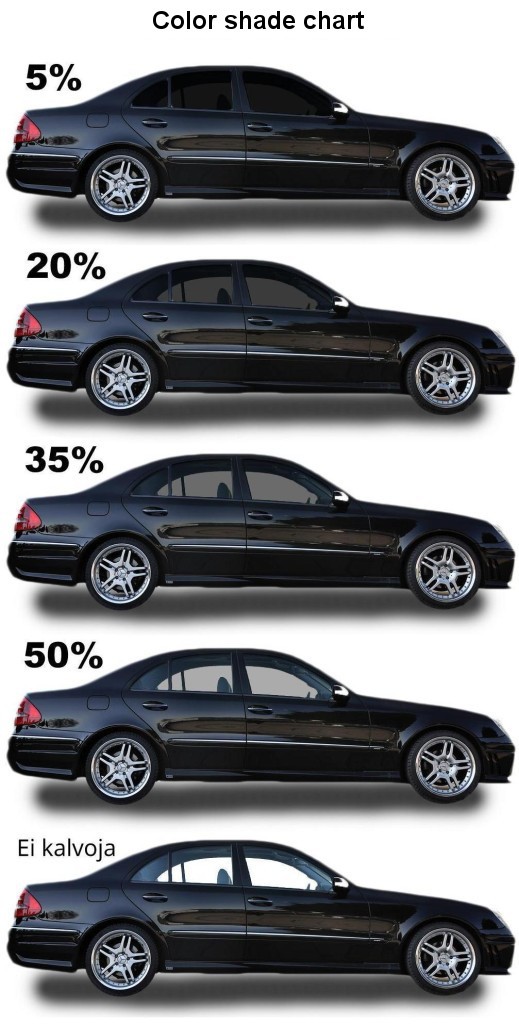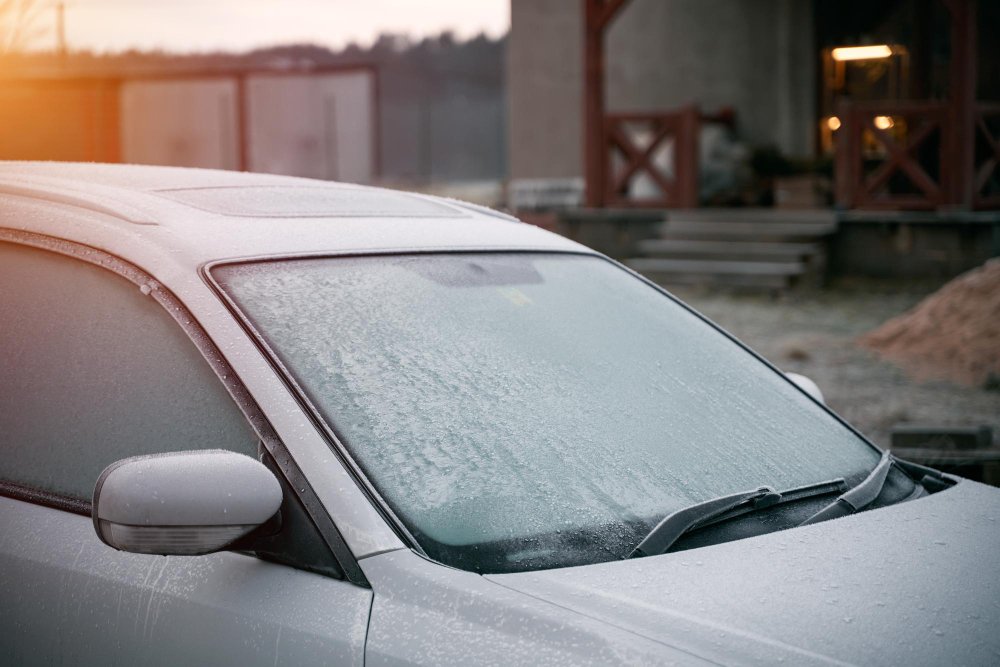Leading Reasons to Select Expert Vehicle Window Tinting Solutions
Leading Reasons to Select Expert Vehicle Window Tinting Solutions
Blog Article
Window Tinting Laws and Standards: What You Need to Know Prior To Tinting Your Cars And Truck
Before proceeding with window tinting for your automobile, it is vital to familiarize on your own with the diverse legislations and standards that regulate this method throughout different states. These policies determine the allowable levels of color darkness, typically measured by visible light transmission (VLT) portions, and consist of specific specifications for front windscreens intended at making sure road safety.
Review of Window Tinting Laws
Window tinting legislations are often subject to variation across different jurisdictions, showing regional policies and safety and security factors to consider. These legislations dictate the allowable levels of color darkness and reflectiveness on vehicle windows, making certain that motorists keep appropriate exposure while additionally protecting versus hazardous UV rays and warm.
Many regulations identify window tinting based upon the Visible Light Transmission (VLT) portion, which indicates the quantity of light that can travel through the home window. Usually, lower VLT portions represent darker colors. Legislations frequently differentiate between the front, side, and back windows, with stricter restrictions applied to the front windshield to boost safety and security for both the chauffeur and other road individuals.
In addition, some jurisdictions impose limitations on the reflectivity of the color, avoiding too much glow that can impair presence. Exceptions to these legislations might exist for people with specific clinical conditions needing extra sun defense. Conformity with window tinting regulations is crucial, as infractions can result in penalties, necessary elimination of the color, and prospective boosts in insurance policy premiums. For that reason, it is essential for car owners to acquaint themselves with neighborhood legislations prior to waging home window tinting setups.
State-by-State Tint Regulations
Understanding the details window tinting regulations in each state is crucial for lorry owners seeking to adhere to the regulation. Each state in the united state has established its very own collection of regulations regulating home window tinting, which can vary significantly. These policies usually dictate the allowed levels of color darkness, the types of windows that can be tinted, and any kind of medical exemptions that may use.
For circumstances, states like California have strict constraints on tint darkness for front home windows, while others, such as New Mexico, may enable darker colors. Furthermore, certain states mandate particular visibility percents for various home windows, including the windscreen, front side windows, and rear windows. It is critical for cars and truck proprietors to familiarize themselves with their state's regulations to avoid possible fines or penalties.
Furthermore, some states may call for a qualification sticker label to be put on tinted home windows, indicating compliance with state laws. Failing to stick to these laws not just risks legal repercussions yet can additionally impact safety and presence while driving. Consequently, lorry owners ought to carry out thorough study or seek advice from local authorities to guarantee complete understanding and compliance with state-by-state tint guidelines.
Allowed Tint Levels and Types
Lots of automobile owners might be amazed to discover that permitted color degrees and kinds vary widely across different states. Each state has developed its own guidelines concerning the allowable darkness and reflectivity of home window tint, usually determined by Visible Light Transmission (VLT) portions. VLT refers to the quantity of light that can travel through the tinted windows; hence, a reduced portion shows a darker color.

Furthermore, the sorts of tint materials enabled can differ, with some states restricting metal or mirror-like finishes. It is vital for car owners to familiarize themselves informative post with their state's certain laws to make certain compliance. Non-compliance can result in fines, necessary elimination of the tint, or various other legal repercussions, making it necessary to understand these guidelines prior to continuing with installation.
Medical Exceptions for Tinting
While not all states provide allocations for medical exceptions concerning home window tinting, those that do recognize the requirement for details people to improve exposure and comfort because of clinical problems. Different medical conditions, such as lupus, skin cancer cells, and certain eye conditions, can provide individuals particularly conscious sunshine. These individuals may need darker colors to protect themselves from dangerous UV rays and glare.

It is essential to keep in mind that despite a medical exception, there may still be restrictions on the level of tint allowed. Compliance with state legislations makes sure that people are both safeguarded and within lawful limits. Those considering clinical exceptions should call their neighborhood Department of Electric motor Vehicles or equivalent authority to recognize the procedures and demands required to obtain an exception properly.
Fines for Non-Compliance
Failing to adhere to window tinting laws can lead to significant penalties, which vary by state. Police are equipped to release citations for cars that do not adhere to the specified tinting regulations. These charges usually consist of fines, which can range from modest amounts to numerous hundred dollars, relying on the severity of the violation and the state concerned.
In some jurisdictions, repeated offenses might lead to intensifying fines or added penalties, such as necessary court appearances. Non-compliance might require the removal of illegal tinting, frequently at the proprietor's expense. In severe instances, regular wrongdoers might face suspension of their lorry enrollment until compliance is achieved.
Additionally, insurance coverage implications may occur from receiving several citations for window color violations. Insurers might see such violations as an indication of riskier behavior, possibly leading to boosted premiums or difficulty in insurance coverage.
To prevent these penalties, it is crucial for automobile owners to familiarize themselves with their neighborhood home window tinting regulations and guarantee that their lorry complies (Window Tinting). This aggressive strategy not only avoids lawful ramifications but likewise promotes road safety
Verdict

Many guidelines identify home window tinting based on the Visible Light Transmission (VLT) percentage, which indicates the amount of light that can pass through the window. Compliance with home window special info tinting policies is vital, as violations can result in fines, mandatory elimination of the tint, and potential rises in insurance premiums.Comprehending the details home window tinting laws in each state is essential for car owners looking for to conform with the regulation. These guidelines typically dictate the allowed levels of color darkness, the kinds of windows that can be tinted, and any clinical exemptions that may apply.
For circumstances, states like California have rigorous limitations on color darkness for front home windows, while others, such as New Mexico, may enable darker colors.
Report this page